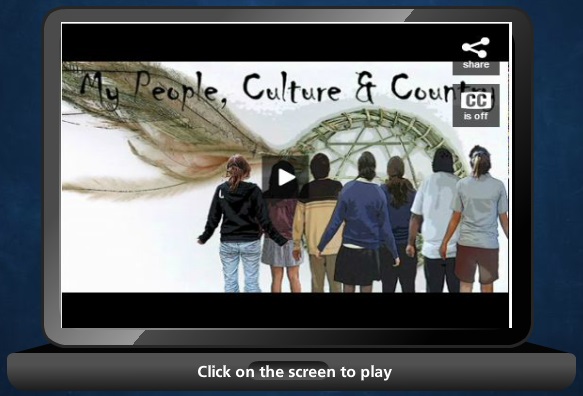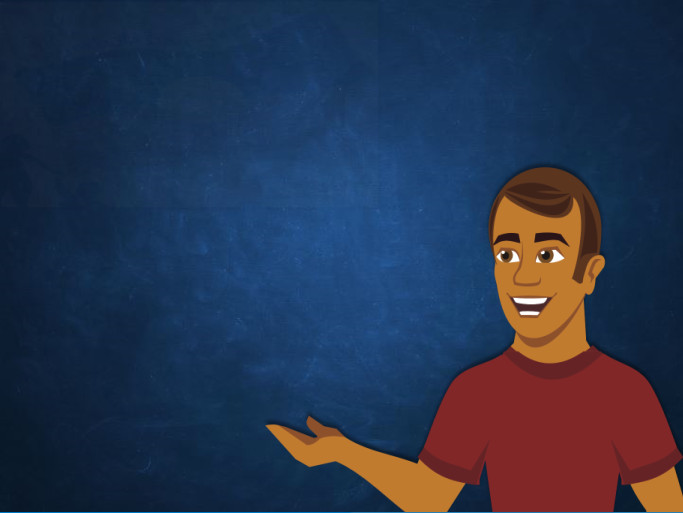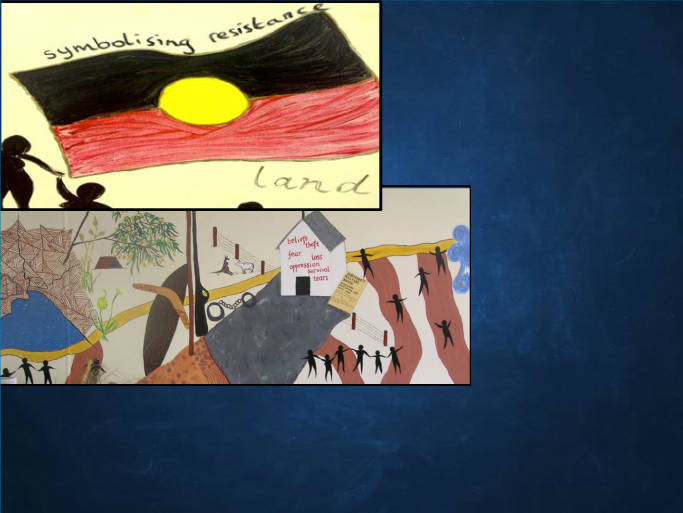
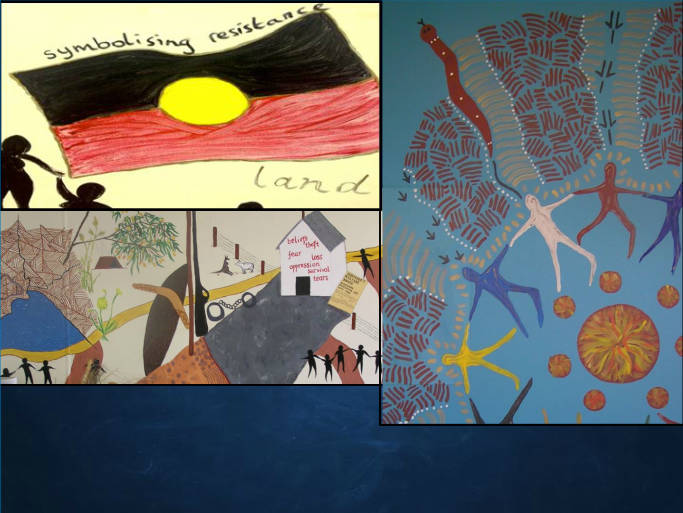
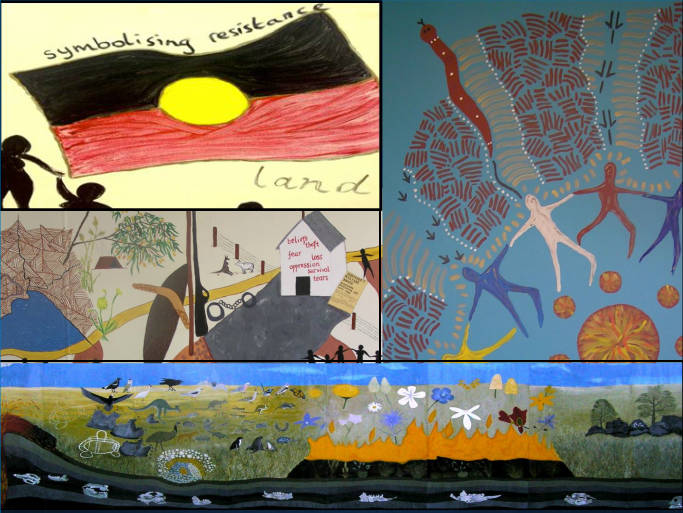
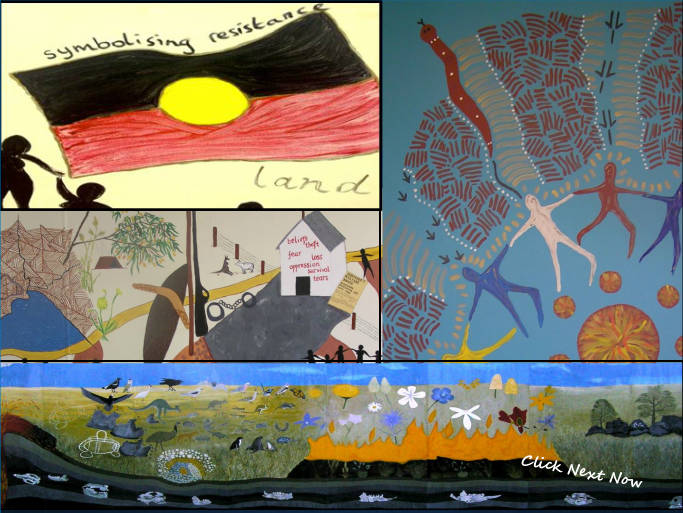
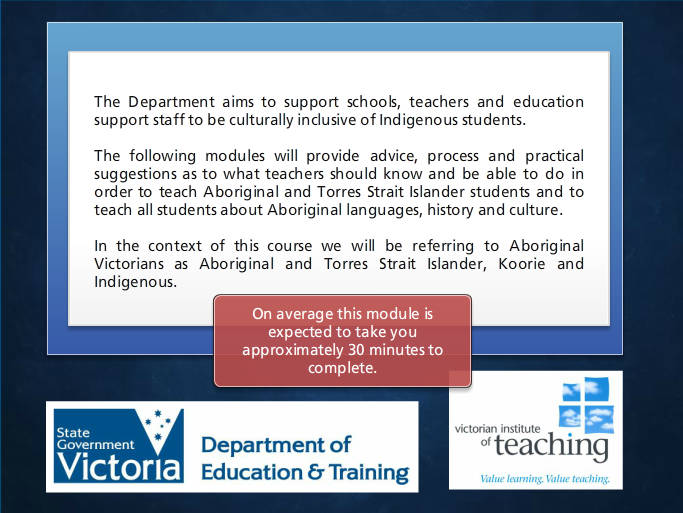
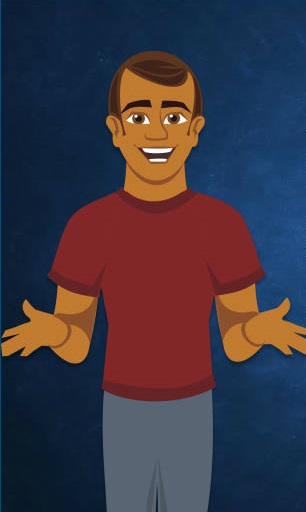
Understanding Indigenous learners requires teachers to individualise learning plans for all Victorian Koorie students.
Teachers are also required to build and maintain relationships with their local communities in order to localise learning that connects to and understands your Koorie students.
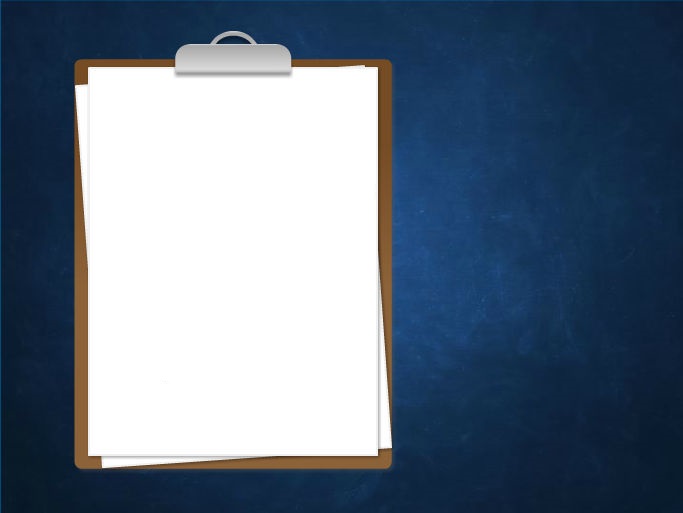
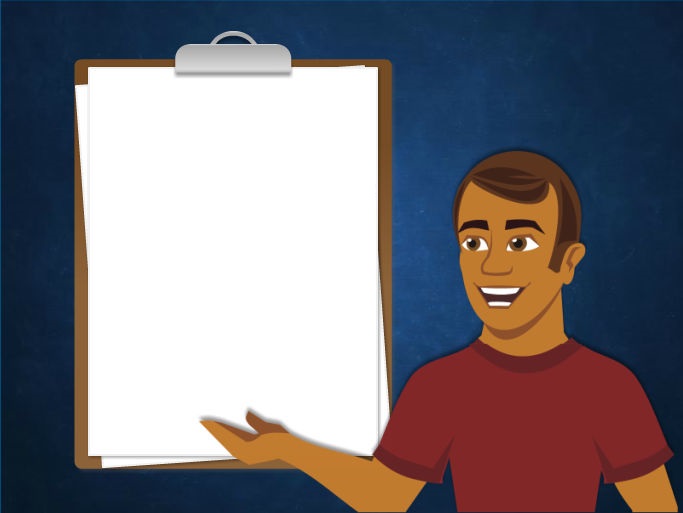
On completion of this module you have gained insight into the possibilities for a diverse range of activities for Aboriginal students.
You will think further about the importance of having high expectations for your Aboriginal students and how this is paramount for their learning.
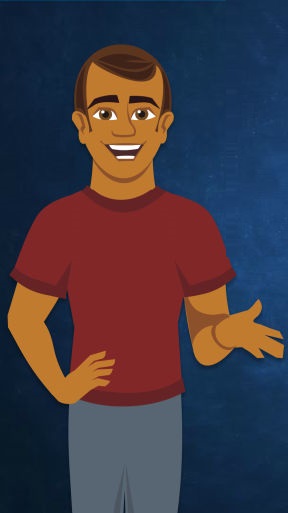
The following digital stories are about Koorie learners with Boonwurrung Elder Aunty Carolyn Briggs and their recording of A Day on the Bay.
As a teacher you should think about how you can take learning outside of the classroom and see what opportunities exist in our own local community to work with Victorian Aboriginal people.
Watch the stories created by a group of year eight students from Thornbury High School.


Congratulations you have completed the first part of Module 3. It is now time to complete your checklist.
The checklist will allow you to assess your school practice and give you suggested action items to help make your school inclusive of Aboriginal people.
